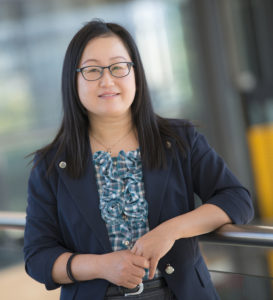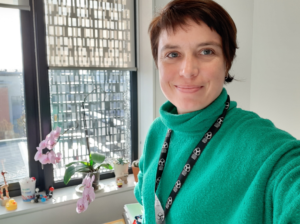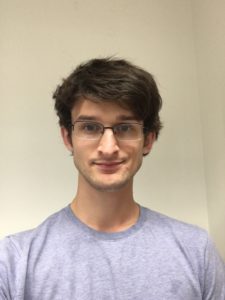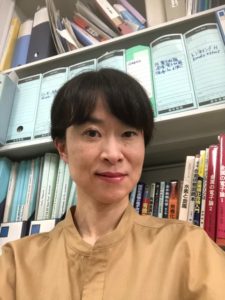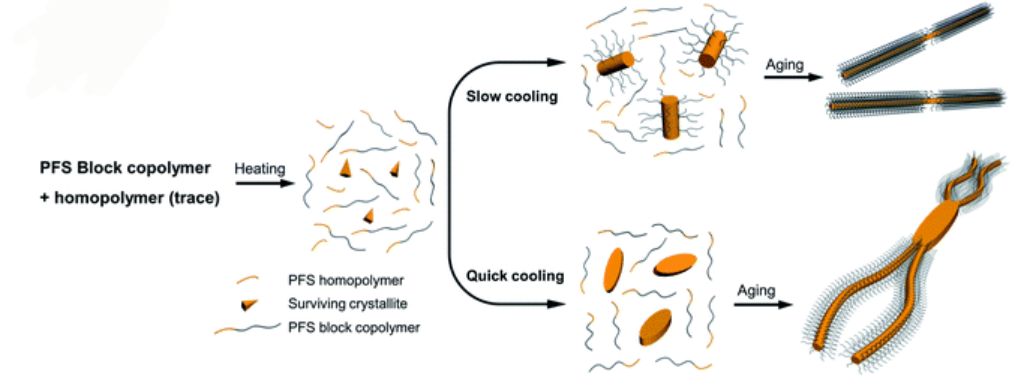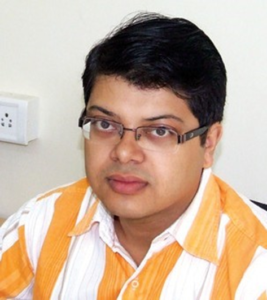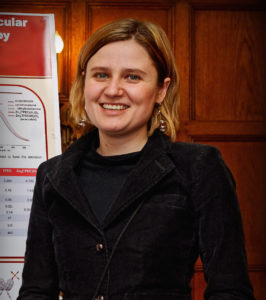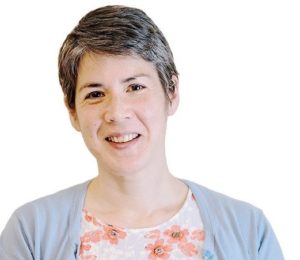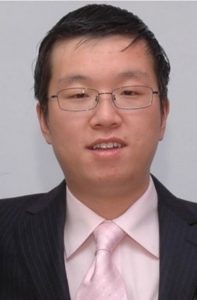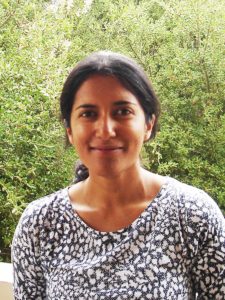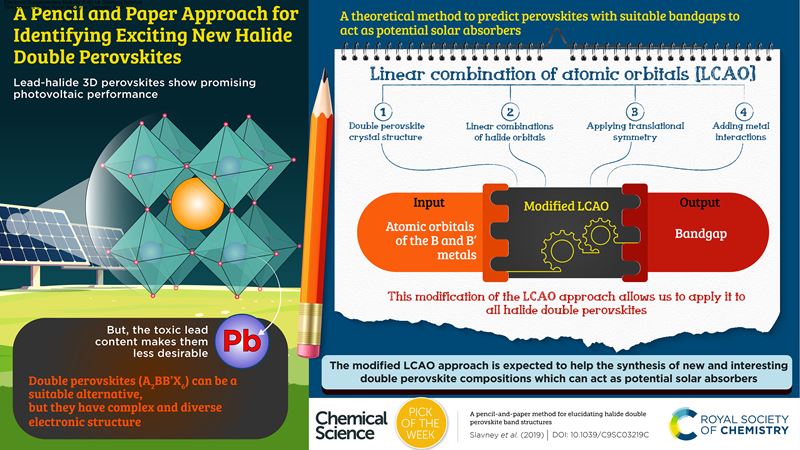
Professor Tanja Junkers is a polymer chemist. Her research group work to control and manipulate the structure of polymers in any possible way with the aim to create sophisticated materials that can mimic materials made by Nature. Tanja’s group now also explore machine learning and how this can be utilised to advance chemistry and chemical synthesis itself.
What excites you most about your area of research and what has been the most exciting moment of your career so far?
If I think about what brings me joy in my work, it is actually the small things, like when an experiment actually confirms that my predictions were right, or – not so small – when one of my PhD students graduates successfully. That makes me proud! It’s all these little moments that make my research worthwhile.
What do you feel has been the most important development with your area of research since your publication in Chemical Science in 2015?
There are so many! It’s hard to pick a favourite, but I would probably say that within my very specific area of research, an important development is that we now have the ability to control the shape of the molecular weight distribution of a polymer. This is something that has just emerged in the last few years, and it provides so many new possibilities. It is a whole new dimension that’s opening up at the moment, and it is an important thing for us to be able to do as chemists if we want to bridge the synthetic gap between the materials that we can develop in the lab and those that nature creates. It has a tremendous influence, so I’m really excited about this development.
Why do you feel that researchers should choose to publish their work in Chemical Science?
Chemical Science is the flagship chemistry journal of the Royal Society of Chemistry, which I see as being in the same league as Angew or JACS. Whenever I talk to colleagues and they ask me, would you choose Journal of the American Chemical Science or would you choose Chemical Science, I always point them to the fact that Chemical Science is Diamond Open Access!
The Diamond Open Access service that Chemical Science offers is what makes the real difference. I feel very strongly about open access. As scientists, our research should not be exclusive. The majority is funded by taxpayer’s money. I therefore feel that it is our duty to make our research openly available to all, including non-scientists who may not completely understand what we are doing but should have the opportunity to read it. It is also our duty to make our content as accessible to a general reader as possible.
Of course, I know that you can’t change the system overnight. You must work with what is currently available, and I do feel that the community is headed in the right direction. Long-term, I believe that we must find a way to publish Open Access as standard.
What are you most looking forward to when acting as Associate Editor for the journal?
I see this as a great opportunity to gain experience myself. I’ve learnt a lot during my time with Polymer Chemistry and I’m pretty sure I’m going to learn even more at Chemical Science. As it is a general chemistry journal, rather than a focused polymer journal, I will need to carry out my own research on new ideas and topics in the literature that I wouldn’t have needed to research before.
Mostly I’m looking forward to seeing some really cool science!
What impact do you feel your area of research can make over the next 10 years?
This is where I think that machine learning and the whole concept of digitisation will really have an impact. Currently, the utilisation of machine learning in my area of research is not widespread, but it is becoming more commonplace. I’m an advocate for the incorporation of machine learning. Chemists, on the whole, are very traditional, and chemistry is basically still carried out the same as it was 150 years ago. I think that’s about to change. We are finally going to see digitisation of the chemical sciences, and that will change the way we do chemistry fundamentally.
For Chemical Science, it is important that we have an open and inclusive board. How do you feel we are advancing in this area?
Progress is being made! Though I sometimes wonder if people define inclusivity in the right way. People usually think mostly about race and gender equity, which, of course, is very, very important, but I think we also need to think about other aspects of inclusivity.
One thing that I often think about is the dominance of the Western world in science, which is of course connected to money. If you go to a smaller university in a poorer country, researchers based there can’t always carry out the most impactful chemistry because they don’t have the financial means to, or they don’t have access to the right information. This makes it difficult to promote inclusivity, because it is harder for these institutes and researchers to compete with others from larger institutes with greater funding. These researchers have incredible ideas and are incredible scientists, but don’t always have the means to carry out what we in the ‘developed’ world deem cutting edge research. This is something that we must work on and acknowledge more.
I also think that this a question that should really be answered by the more stereotypical chemist in higher positions. We will only reach our diversity and inclusion targets if those who are in these higher positions are on board and advocate for increased diversity and inclusivity. It’s easy for those from a minority background to say that things should be more integrated. For example, I can say that of course trans people should be much more visible because I have a personal interest in that, but it’s a totally different thing if a person who is not personally affected actually makes the call for more inclusion and diversity. Therefore, I think this question should really be directed to people who belong to the traditional majority.
On a good note, this is why I like the Royal Society of Chemistry. I know that, as an organisation, the Royal Society of Chemistry is really trying to promote inclusion and diversity. Of course everyone knows that women, for example, have less opportunities in the chemical sciences, but actually publishing a study [through the gender bias report] which the community can refer to and which highlights the statistics is really, really important.
Submit to Chemical Science today! Check out our author guidelines for information on our article types or find out more about the advantages of publishing in a Royal Society of Chemistry journal.
Keep up to date with our latest articles, reviews, collections & more by following us on Twitter. You can also keep informed by signing up to our E-Alerts.



